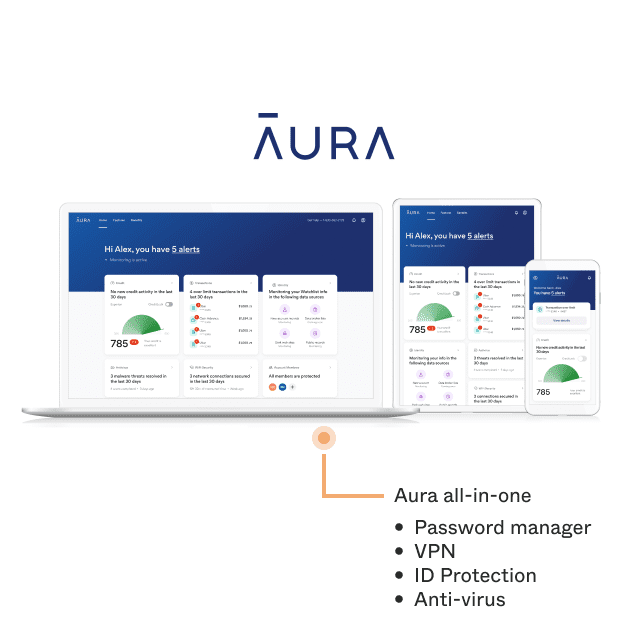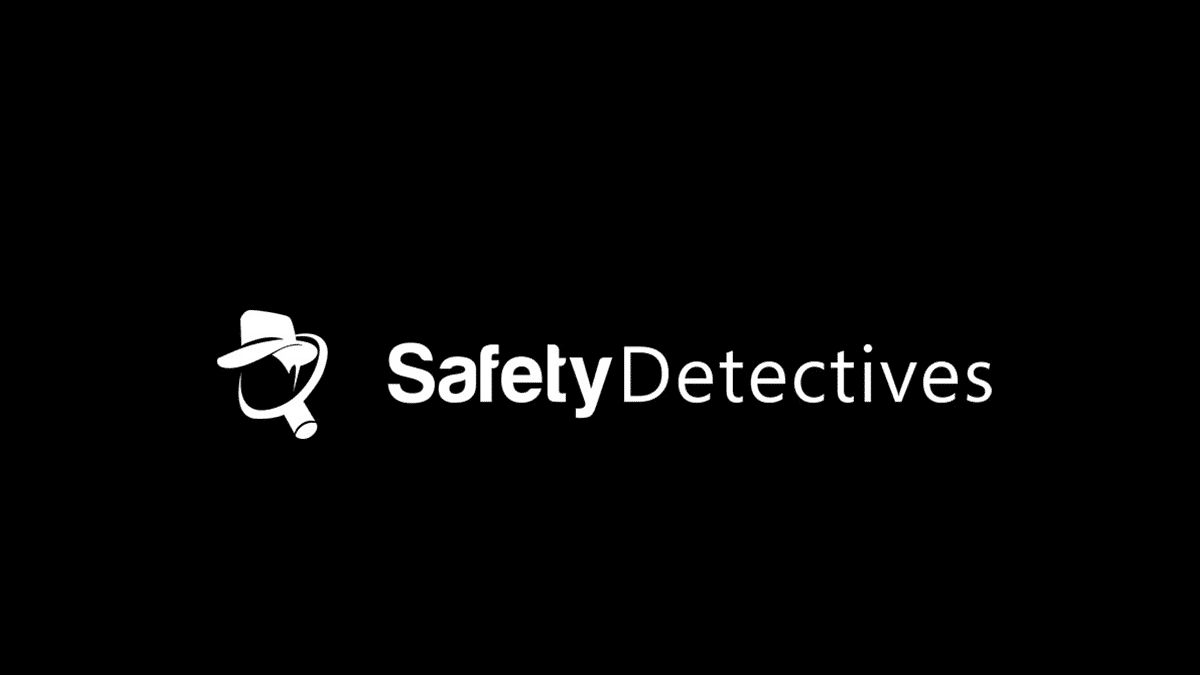Batten Resources

Creating a Family Cybersecurity Plan: Essentials for 2025
In an era of unprecedented digital connectivity, protecting your family online has become as crucial as locking your front door. A 2023 Cybersecurity and Infrastructure Security Agency (CISA) report reveals a startling reality: the average...
Cybersecurity
See AllProduct Reviews
See AllMedia
Submit a question for our experts
Share your home or personal safety question with our team. We may feature your question in this section of the site as a resource to others.











